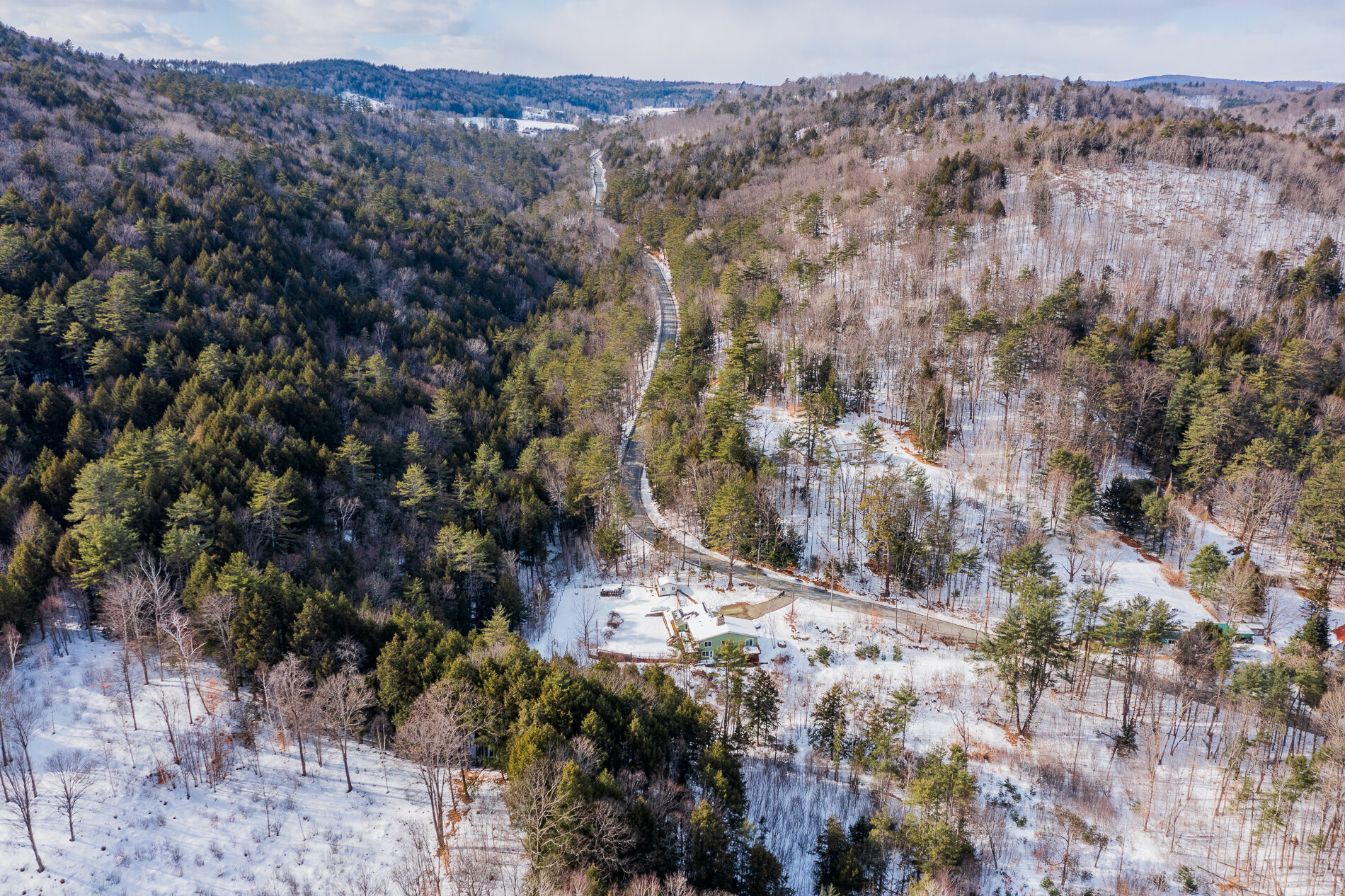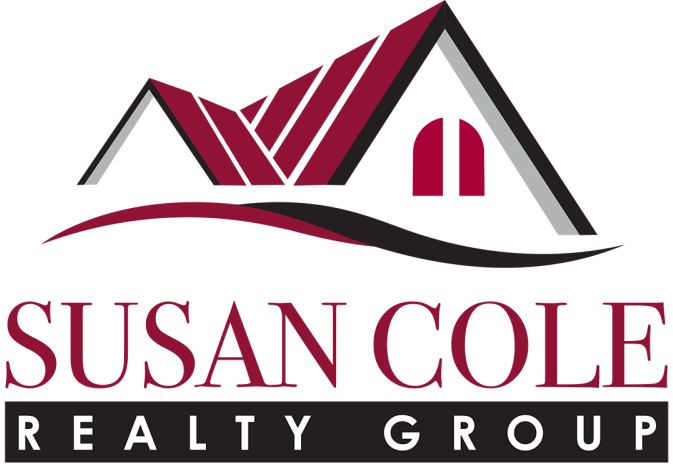If you’re a landowner considering selling your property in NH, understanding the factors that influence land prices is crucial. Whether you’re looking to sell for development, investment, or to capitalize on current market conditions, knowing what impacts land value will help you get a fair deal. Whether your intent is development, investment, or leveraging current market conditions, understanding these determinants will ensure you secure a fair and advantageous deal. At Brendan Callahan Realtor - Susan Cole Realty Group. Here’s an in-depth exploration of the key factors that can determine land prices in this unique region.

1. Location and Proximity
The timeless real estate adage “location, location, location” is particularly pertinent when assessing land value. In the Upper Valley, proximity to urban centers such as Hanover, NH, and Lebanon, NH, significantly enhances a property’s appeal. These towns are not only cultural and economic hubs but also house major institutions like Dartmouth College and the Dartmouth-Hitchcock Medical Center, which drive demand for nearby properties. Access to major highways, such as Interstates 89 and 91, facilitates connectivity to larger cities, further elevating land value. Additionally, properties near amenities like schools, shopping centers, and entertainment venues are highly sought after. The Upper Valley’s abundant natural beauty—characterized by rivers, lakes, and scenic landscapes—also adds intrinsic value to properties, especially those offering picturesque views or waterfront access.
How Brendan Callahan Realtor - Susan Cole Realty Group Can Assist: Our extensive knowledge of the Upper Valley landscape enables us to assess your land’s location accurately, ensuring we offer fair market prices that reflect its true potential.
2. Zoning Regulations and Land Use Policies
Zoning laws dictate permissible land uses, categorizing areas for residential, commercial, agricultural, or industrial purposes. In the Upper Valley, towns like Norwich, VT, and Hanover, NH, have specific zoning ordinances that influence development possibilities. For instance, Norwich maintains strict zoning to preserve its rural character, which can limit large-scale commercial developments. Conversely, areas with flexible zoning that accommodate mixed-use developments often see higher land values due to broader development opportunities. Understanding local land use policies is crucial, as restrictive zoning can limit a property’s potential unless there’s a specific demand for such use in the area.
Our Approach: We navigate the complexities of zoning regulations and offer guidance on how your land’s designation impacts its value. At Brendan Callahan Realtor - Susan Cole Realty Group, we’re interested in properties with diverse potential uses, regardless of current zoning classifications.
3. Size, Shape, and Topography of the Land
The physical characteristics of your land—its size, shape, and topography—play pivotal roles in determining value.Larger parcels often command higher prices per acre due to increased development or subdivision potential. However, the shape of the land is equally important; irregularly shaped lots may pose challenges for development, potentially affecting their marketability. Topography is another critical factor; flat or gently sloping terrains are generally more desirable for construction, while steep or rugged landscapes might require additional investment to develop. In the Upper Valley, where the terrain can vary from river valleys to rolling hills, these considerations are particularly significant.
Why Size and Shape Matter to Brendan Callahan Realtor - Susan Cole Realty Group: We evaluate not only the dimensions but also the usability of the land. Even uniquely shaped or challenging terrains may hold development potential that others might overlook, and we’re adept at identifying such opportunities.
4. Availability of Utilities and Infrastructure
Access to essential utilities—such as water, electricity, sewage systems, and internet connectivity—substantially influences land value. In the Upper Valley, properties closer to established towns like Lebanon or White River Junction typically have better access to these services. Conversely, remote parcels may lack immediate utility connections, necessitating significant investments to extend services, which can deter potential buyers or developers. The presence of well-maintained roads and proximity to public services also enhance a property’s attractiveness and value.
5. Market Demand, Economic Conditions, and Demographic Trends
Land prices are inherently tied to market demand and broader economic conditions. The Upper Valley has experienced notable trends in recent years. For example, in Hanover, NH, the median selling price in 2022 was $920,000, marking a 32.23% increase over 2021, despite a 19.09% decrease in sales volume. Similarly, Norwich, VT, saw a median selling price of $735,000 in 2022, a modest 0.82% increase from 2021, accompanied by a 39.66% drop in sales. These figures highlight a persistent demand coupled with limited inventory, driving up prices. Economic indicators, such as employment rates and consumer confidence, also play roles; a robust local economy with stable job growth attracts more residents, increasing the demand for land. Demographic trends, including population growth and shifts in housing preferences, further influence land values. For instance, the influx of remote workers seeking rural settings post-pandemic has heightened demand in regions like the Upper Valley.alandistasio.com
6. Environmental and Conservation Considerations
The Upper Valley places a high value on environmental preservation, with numerous conservation efforts aimed at protecting natural habitats and maintaining the region’s scenic beauty. Land designated for conservation or subject to environmental restrictions may have limited development potential, affecting its market value. Conversely, properties with sustainable features or those that contribute positively to environmental goals may attract buyers interested in conservation, potentially enhancing value.
Our Commitment: We respect and understand the importance of environmental considerations and are experienced in evaluating how these factors influence land value. Our goal is to offer solutions that align with both landowners’ interests and regional conservation efforts.
7. Historical and Cultural Significance
In a region as rich in history as the Upper Valley, the historical or cultural value of a property can also influence its market price. Certain parcels may be located near historic landmarks, former homesteads, or indigenous sites, which could impact land use restrictions or create additional opportunities for preservation-focused buyers.
For example, towns like Hanover and Norwich boast centuries-old properties and historic districts that are highly sought after. Some landowners find that marketing their property’s historical significance can attract buyers interested in restoration projects or conservation efforts, potentially increasing its value. However, historical designations can also come with restrictions that limit new development, which could affect pricing.
Final Thoughts: Selling Your Land in the Upper Valley
Selling land in the Upper Valley of New Hampshire and Vermont requires an understanding of various market dynamics, from location and zoning laws to infrastructure and economic conditions. Whether you own land in Lebanon, Hanover, White River Junction, or a more rural part of the region, knowing these factors can help you maximize your property’s value.
With extensive experience in the Upper Valley real estate market, we assess each property based on its full potential and current market trends. If you’re considering selling your land, we’re here to offer expert guidance tailored to your unique property.
📞 Contact us today to explore your options and see how we can help you get the best value for your land.


